June, 2014
Ryuji Mitani solo exhibition at Mjolk
Ryuji Mitani: a solo exhibition of wood craft
at Mjolk
Ever since we opened Mjolk we have been working towards carrying some wood work by Japan’s most famous wood artisan Ryuji Mitani. If you Google him, it’s likely you’ll find some information about him through our blog since we have been huge fans for so long. We thought there was no hope left when a few years ago Ryuji Mitani decided to stop selling his work through galleries in Japan and focus his efforts on his own 10cm Gallery, painting, writing, the Matsumoto Craft fair, and maybe a solo retrospective here and there.
We were lucky enough to interview Mr. Mitani last summer for Mjolk Volume III (Which is available here, or coming to a book store near you very soon!). During the visit we invited him to do a solo exhibition here at Mjolk and we are very fortunate for his acceptance.
We are now happy to report that we are holding the opening of this exhibition on Thursday July 3rd from 7pm – 9pm, and the public exhibition will run from July 4th – August 10th.
All of the work will be for sale, and Mr. Mitani will be coming to Toronto and be available to meet in person during our opening reception.
Some items that will be for sale during the exhibition:

Wood plates, butter cases, wood cups and cutlery and even handmade sleeves for Chemex coffee pots!

A baby gift set.

Deep hand gouged trays.

Japanese lacquer-ware work including these plum blossom dishes.
Bio:
RYUJI MITANI
b. 1952
Ryuji Mitani set up Persona Studio in 1981 in an effort to create hand-made wooden tableware for everyday life. His leadership in this field inspired a generation of woodworkers and set into motion a new post-mingei art movement called Seikatsu Kogei. In 1985 he set up the Matsumoto Craft fair in an effort to show the handcraft of his fellow artisans, and it quickly became the countries largest craft fair and gave a setting for different artisans to come together and display and sell their work. In 2011 Ryuji Mitani opened 10cm Gallery and cafe in an effort to create more dialogue between consumers and artisans, this gallery uses and exhibits Mitani’s work as well as other notable artisans.
Ryuji Mitani is now considered to be the most famous contemporary wood table- ware maker in Japan, he has written close to a dozen books about craft and has exhibited in countless galleries and museums all over Japan and abroad.
Welcome Sika Design!
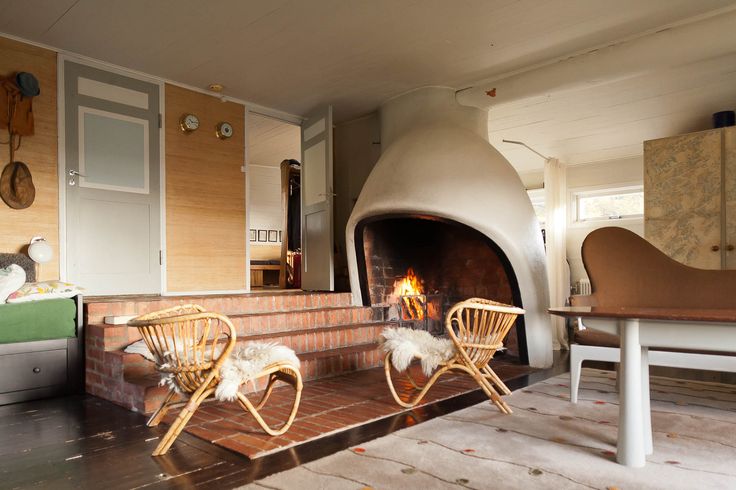
We want to bring back Rattan here in Canada by way of Danish furniture maker Sika-Design.
!Above) The Fox chair Designed in 1936 by Viggo Boesen prominently placed in Gunnar Asplund’s Summer Villa.
Inspired by a design competition held by the Danish wicker-maker guild in 1936, Viggo Boesen embarked on rattan furniture design combining modernist style with the hard wear qualities of the rattan material.
Viggo Boesen’s FOX lounge chair won the design competition in 1936. His inspiring, imaginative designs made him unique and put him among the designers of the “Danish golden age”. The chair was put in Gunnar Asplund’s summer home that same year.



The Hanging egg chair by Nanna Ditzel
The Hanging Egg Chair is a critically acclaimed design that has enjoyed praise worldwide ever since the distinctive sculptural shape was created by Nanna & Jørgen Ditzel in 1959.
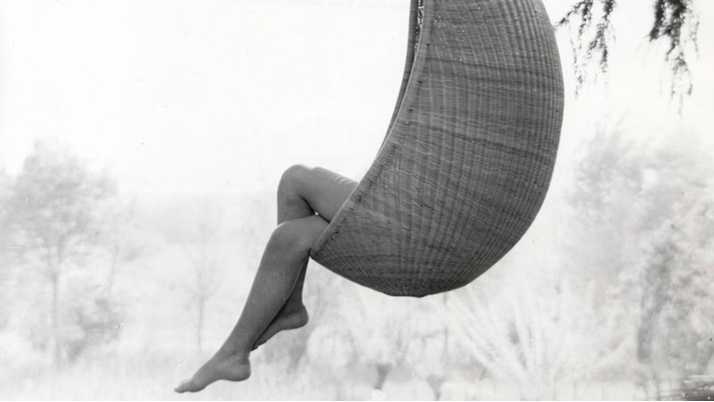
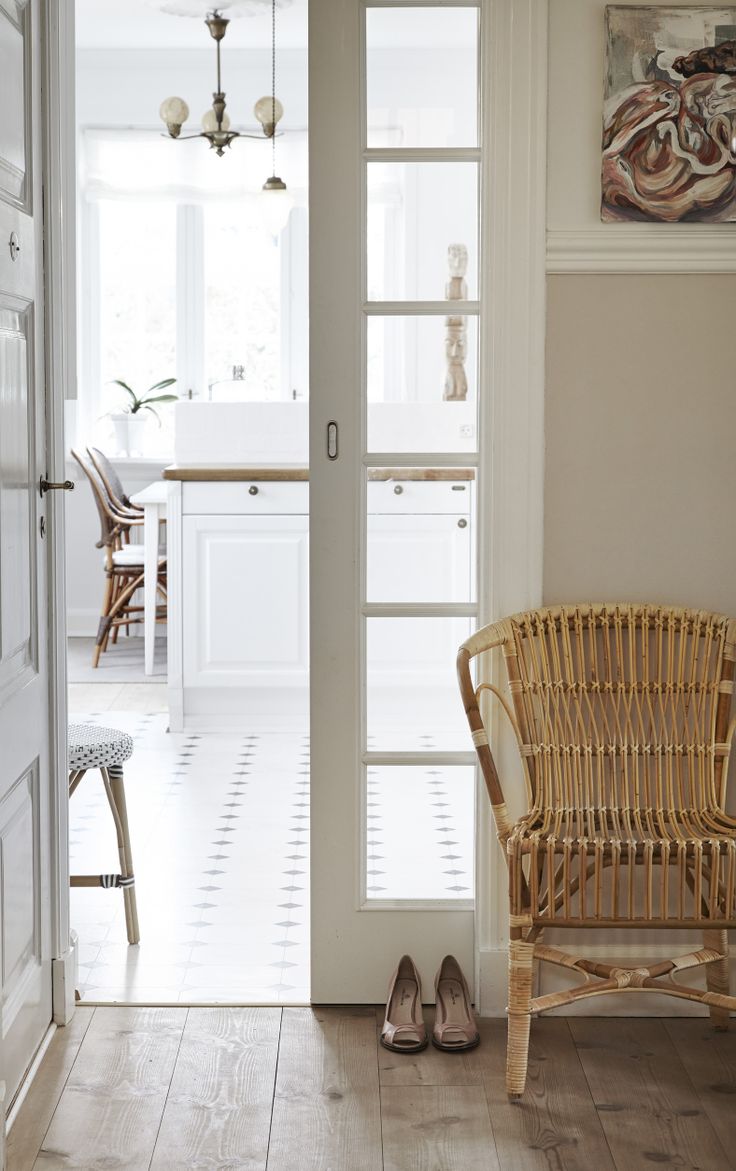
Wicker maker Robert Wengler was now known as the best wicker maker in Denmark and many architects came to his workshop to get know-how and understanding about weaving and wicker work. Among those were Danish architects Arne Jacobsen, Viggo Boesen, Nanna & Jørgen Ditzel and Kay Bojesen. They had many of their prototypes made in R. Wenglers workshop in Copenhagen.
Today R. Wengler stands as one of the pioneers in Rattan production. What he did to the craftsmanship and the way he challenged the material, makes ground for the way we know rattan furniture today.

Rana chair by Nanna Ditzel
Rana is one of the first chairs based on the idea of ??integrating a shell on a frame in one piece. The 3-legged rattan chair initiated the rediscovery of rattan’s many properties.
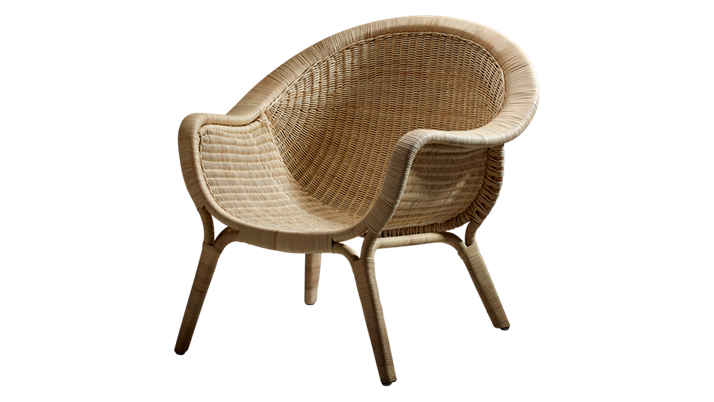
Madame chair by Nanna Ditzel

Rocking chair by Nanna Ditzel
Nanna Ditzel studied under the leading Danish furniture designer Kaare Klint at the Royal Danish Academy of Fine Art’s furniture school. The rocking chair Nanny was one of the first chairs based on the idea of no legs.
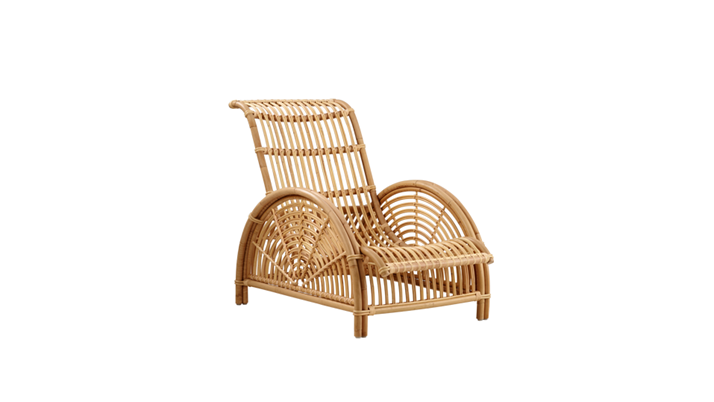
Did you know Arne Jacobsen launched his furniture career with a piece of Rattan furniture in 1925? The chair was simply called the “Paris Chair.”

Ottomans by Franco Albini, designed in 1951.
Beautiful and practical.
Image from the Selby
ANDO: LIVE

Here are some photographs from our solo exhibition of Japanese potter Masanobu Ando’s work called “The way of tea”.
All of the photographs were taken by Toyomi Nakamura of Toki no Kumo, who came along with Mr. Ando.
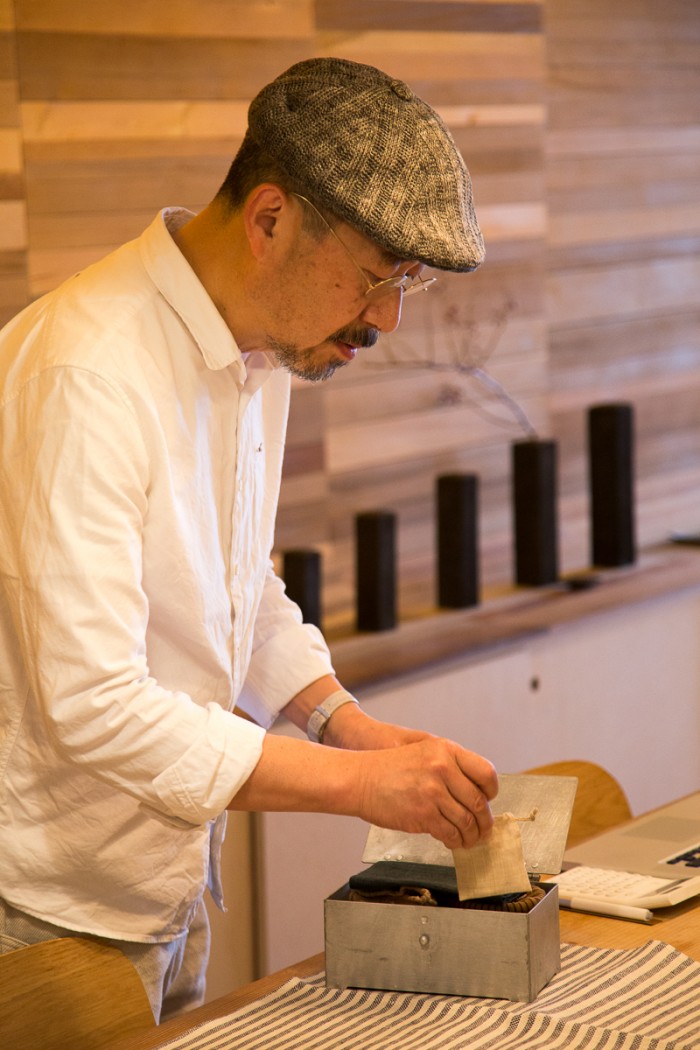
One of Mr. Ando’s travelling Tea boxes called a “Chabako” This one is an old Japanese lunch box from the Showa period.

We thought serving some deliciously made maple candies from Toronto based Ninutik would be the perfect sweet to serve with Green tea, and it also brought a little bit of locality to the festivities.

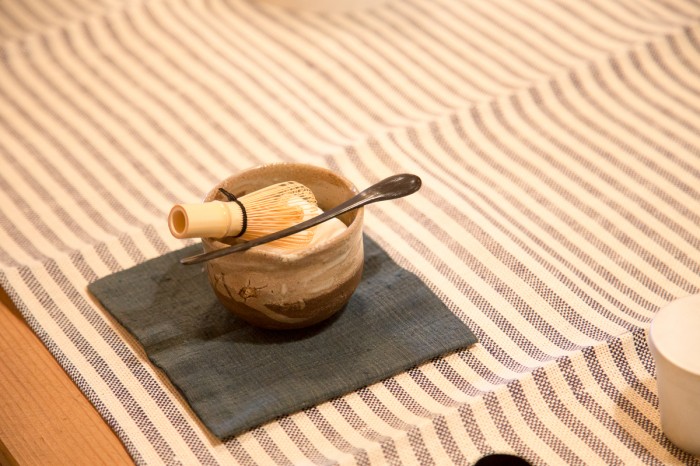
A special medicine spoon made from whale bone re-purposed as a tea scoop. The art of repurposing in the Tea Ceremony is called mitate, and Mr. Ando is very well known for doing this.

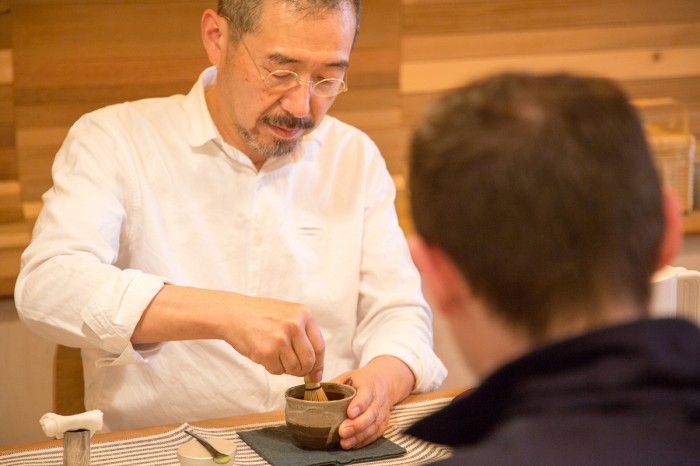


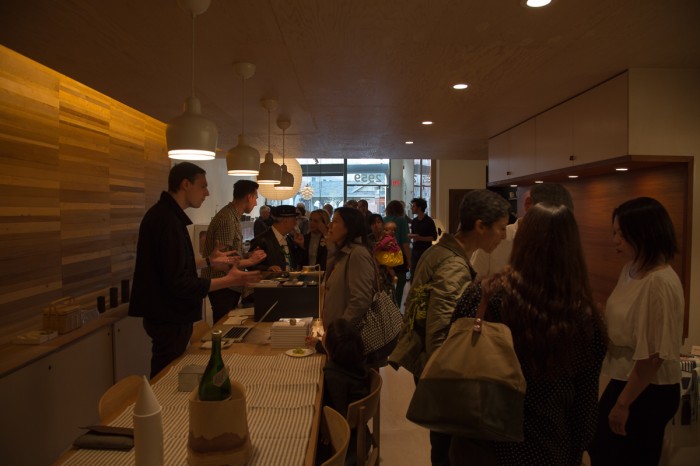
It was a busy event. Thank you to everyone who attended the exhibition!

Tea Ceremony tools commissioned by Masanobu Ando.

A new bowl shaped ceramic colander with a hole for hanging when not in use.

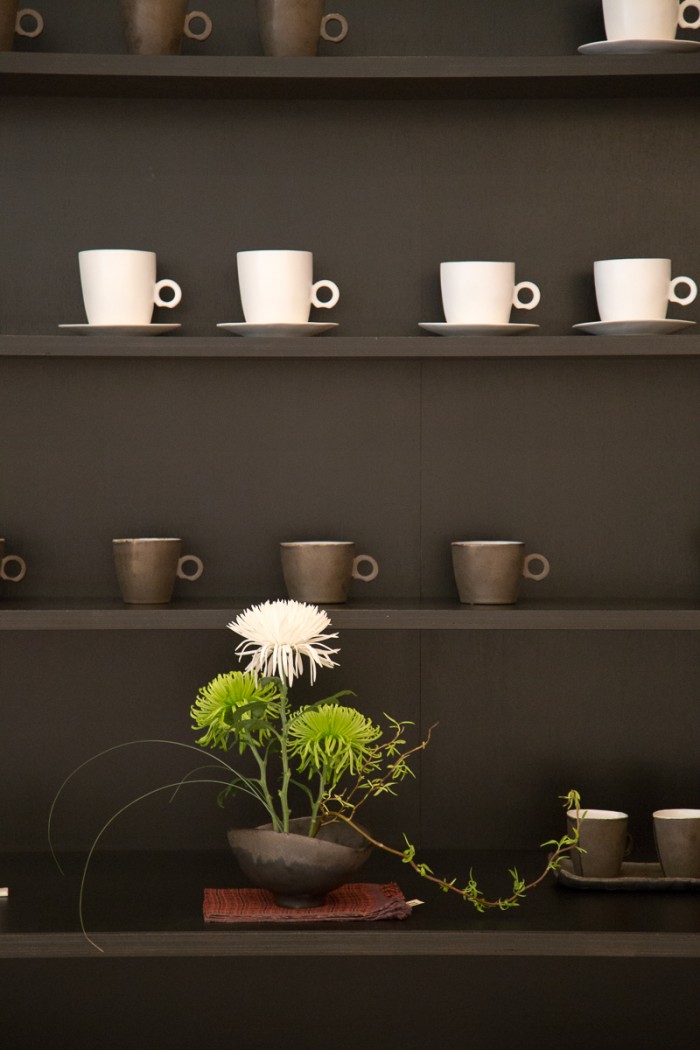
A very lovely arrangement from out newest employee Reiko.

Finally a full collection of mugs available to purchase!


Signing autographs.

The main event of the night was the Tea Ceremony performance held in our front window using all works made or found by Masanobu Ando.


A very special Tea canister made by a monk from a famous Buddhist sect over 300 years ago. This particular Buddhist sect made everything including their own plates, clothing, furniture. Essentially anything needed, they relied only on themselves, a commitment very similar to the American Shaker movement. This style of tea canister has been replicated by a famous lacquer-ware artist around 100 years ago, but the one Mr. Ando brought with him is an original.
He went on to say this canister is the inspiration for his silver glazed objects. What an honour!
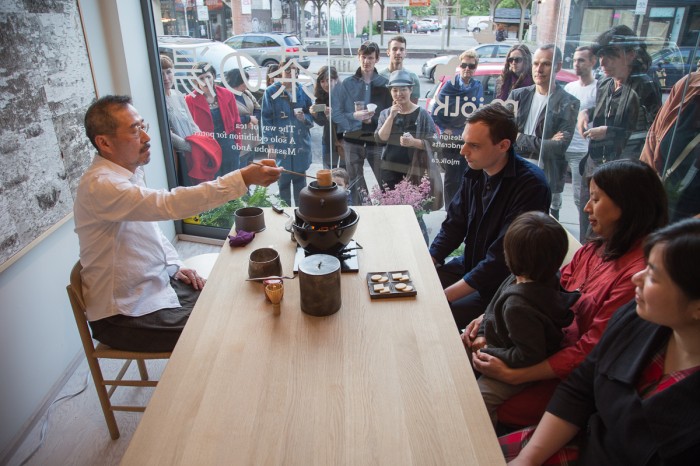

Adding hot water to the bowl.
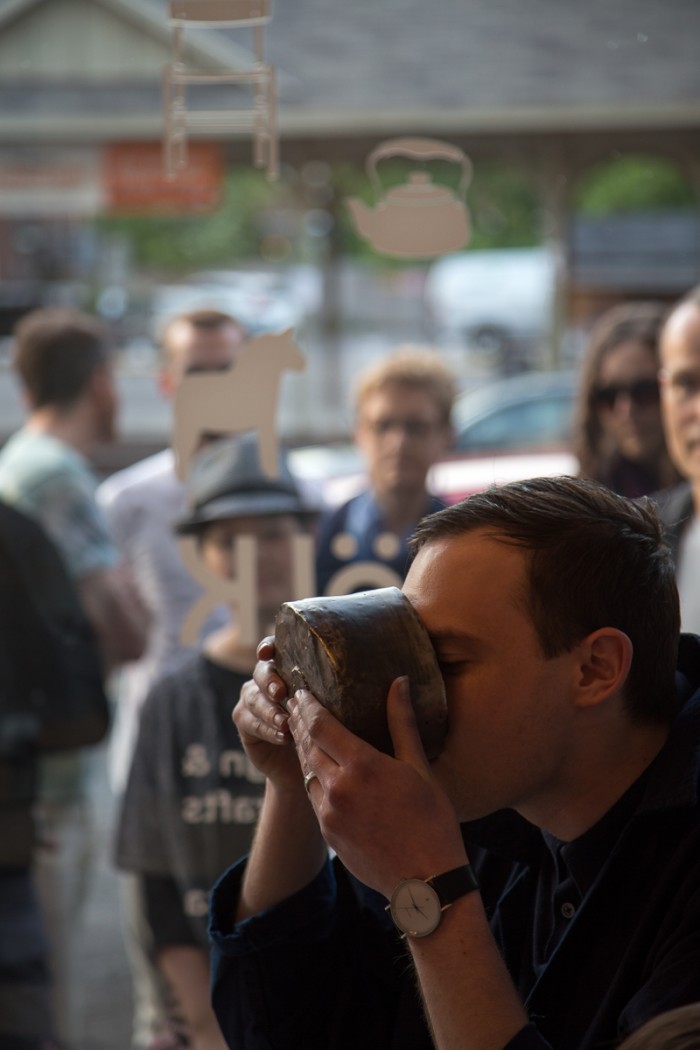
The bowl is incredibly raw and powerful.


Gaining an audience out front.



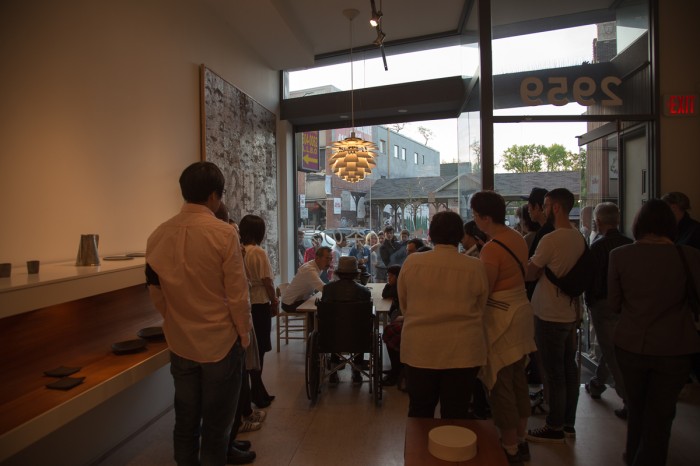

Maple sweets.

Little Anzu got to sit with his mother Amy to share the moment.

Taking his sip.


A fantastic evening, thank you again for everyone who came out for the exhibition!


I had a chance to add a lot of items from the exhibition to our website this morning, although most of them we only have 1 item each so if you have your eye on something please let me know as it will only be available for a short time.

